Do you speak accounting?
Accounting jargon is a language all of its own! And it doesn’t help that there are multiple names for the same things.
If you haven’t learned to speak the lingo, this communication barrier can make doing your accounts or talking to your accountant a struggle.
But the numbers in your business tell a story and it’s essential to know your own story.
Luckily for you, we not only speak accounting but we can make it understandable.
So, let’s jump in and demystify some of the most common accounting jargon.
Depreciation
Many businesses have specialist equipment and items that enable them to do business. But, over time, most of those things lose some value as we use them: a bit of wear and tear, or becoming out of date (we’re looking at you, ageing MacBook!).
Depreciation recognises this decrease in value and is a way we can spread the cost of a thing across it’s useful life.
When you buy assets for your business, or for your work as a sole trader/contractor, you can spread the cost of these by claiming a deduction in your income tax return. It's a bit like claiming expenses, but instead of claiming the total cost of the item, you claim the amount it depreciates each year.
If you don’t account for depreciation, you’ll underestimate your costs. Because depreciation lowers your profit, it can also lower your tax bill.
Depreciation also means that we have a better idea of what the assets of your business are worth and when we might need to plan to replace them or budget more for repairs and maintenance.
The Ins And The Outs Part 1: Shareholders Current Account
The shareholders current account is one of the most confusing concepts in accounting. But don’t let that put you off because it’s also a really important concept to get your head around.
At it’s simplest, the shareholders current account is a record of the money you contribute to the business and all the money you withdraw from the business.
Usually, when you start a business the shareholders put cash into the business to get it going. This is known as funds introduced or cash deposits. Think of it like a bank account – except that instead of the account being held at the BNZ, it’s your company who is holding onto your money.
As time goes by you’ll take money out of the business either to repay the start up loan or to live on because you’re no longer getting that regular salary you had when you were employed by someone else. This is called drawings. It can be helpful to think of it as wages in advance.
An overdrawn current account is where shareholders have taken more out of the company than they have put in and now owe the company money. Just like if you’d withdrawn more money from the bank than you had in your bank account.
To get your shareholder current account back from being overdrawn, you can either top it up with cash from your personal account, or at the end of the year the company can pay you a shareholder salary from it’s profits.
The Ins And The Outs Part 2: Accounts Payable And Accounts Receivable
Accounts payable are the bills your business hasn’t paid yet. It might be for stock you’ve purchased from a supplier, repairs to a coffee machine, or your phone bill. Also known as Creditors, Trade Creditor, Payables or AP
Accounts receivable are funds your company expects to receive from customers who haven’t paid you yet. You might have heard these called Debtors, Trade Debtors, AR, or Receivables
Both your payables and receivables are reflected in your Balance Sheet. It is helpful to budget for your upcoming creditor payments and forecast your incoming debtors to ensure you have sufficient cashflow to cover everything.
Gross Profit vs. Net Profit
Profit is the amount of money you have left from your sales after paying all the costs in your business. There are two types of profit accountants talk about and both are important.
Gross profit is the amount of money left from a sale after you have paid for the goods or services sold.
If you are a retailer who buys handbags for $100 and sells them for $250 then your gross profit is $150. Gross profit is important because it’s what’s left over to cover all the other costs in your business… and ultimately you!
The difference between gross and net profit is your operating expenses and taxes. When you subtract those costs from your gross profit, you end up with your true profit - net profit.
Net profit is the amount of money left after you have paid for the goods or services you sold, plus all the other costs of running your business like rent, software subscriptions, phones, and wages. Its sometimes referred to as “the bottom line”
Your net profit can be paid to the owners of the business or reinvested to help the business grow.
Margin vs Markup
You’ll often hear business owners talking about the Gross Margin and Markup. But what’s the difference? At it’s heart, they are simply different ways of looking at the same thing – the difference between what you buy a product for and what you sell it for.
Markup is how much you add to the cost of your product to determine your selling price. It’s usually expressed as a percentage. If you buy a handbag for $100 and sell it for $250 then your markup is 150%
Gross margin is simply your gross profit as a percentage of your sales. The higher your gross margin, the easier it is to meet the other costs of running your business.
The Gross Profit on that handbag we bought for $100 and sold for $250 is $150. To work out the margin we divide the gross profit by sales, which gives us a margin of 60%. This tells us that from of every dollar of handbag sales you make, you have 60 cents to cover your other business expenses.
Cash vs Profit
There is often some confusion between cash in the bank and profit. Put simply, cash does not mean profit and profit does not mean cash. A company can be profitable but lack cash flow.
If you have more money flowing into your business each month than you spend on costs and expenses? Then you’re “cash flow positive.” Vice versa means you’re “cash flow negative.” Excess cash means you’re better equipped to keep up with debt, cover expenses, pay wages and invest in growth.
Profit is defined as revenue minus all the expenses of a company in a certain period of time. Like cash flow, profit can be depicted as a positive or negative number. When it’s a negative number, it’s typically referred to as making a loss - ie. you are spending more than you are making.
To run a successful business, you’ll need both profit and to be cash flow positive.
Accrual vs Cash
There’s one last term to cover off in this list. And that is the accrual. The main difference between cash and accrual accounting is the timing of when revenue and expenses are recorded.
Cash accounting records revenue when the money is received and expenses when the money is paid out. Accrual accounting records revenue when it is earned and expenses when they are incurred.
Cash accounting does not record payables and receivables, while accrual accounting does.
Most businesses use accrual accounting which is why cash in the bank doesn’t match up with your profit.
Profit and Loss Statement and Balance Sheet
Alright, so we know some of the main terms now. But, where are all these records kept?
Within your accounting software, you will be able to access your Profit and Loss Statement and your Balance Sheet.
You might have heard them called a few different names, but they all do the same thing. They record the financial health of your business. Whichever term you use, the Profit & Loss report shows all your business earnings and costs over a given time, usually a month, quarter or year.
AKA: Statement of Financial Performance, Income Statement, P&L
The Balance Sheet shows how much you own (Assets), how much you owe (Liabilities) and how much you’d be left with once you sell all the assets to pay off all the liabilities at a given point of time. Usually the end of a month or the end of a financial year.
AKA: Statement of Financial Position
Deciphering The Story Your Numbers Are Telling
Knowing the different accounting terms is one thing, but putting them into practice is a different thing entirely! So, if you aren’t sure how to calculate depreciation or correctly read your P&L, then you are going to need some help.
So, if anything in your business throws new question marks at you, book a time to have a chat with me. Whether you need accounting services, business advice, or someone to decipher your finance queries and translate them into plain English – I’m here to help you stay in control of your business.
Book a time to speak with me now.





